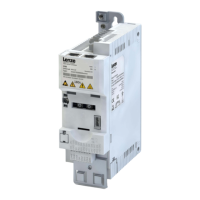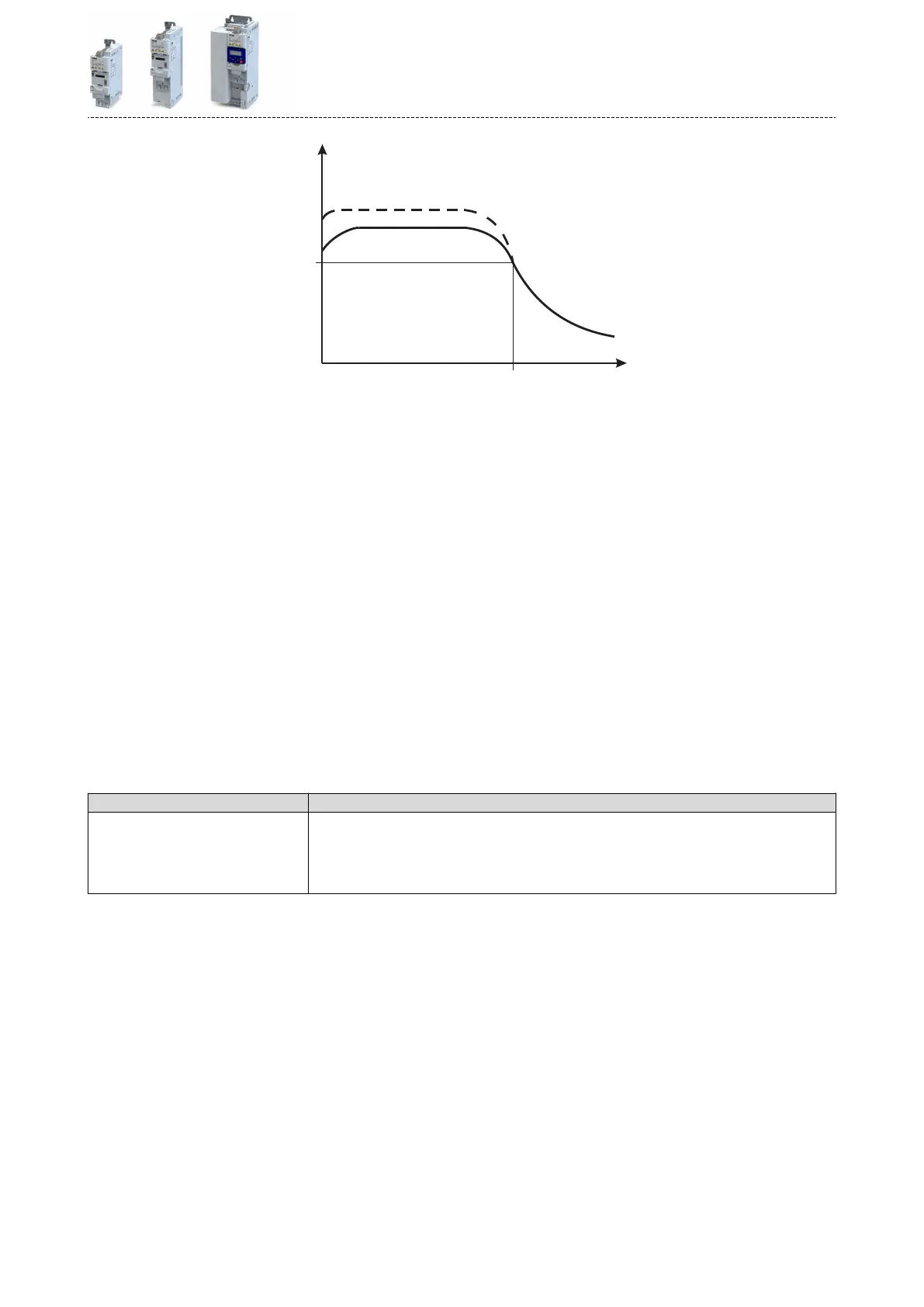M Torque M
rated
Rated torque
n Speed n
rated
Rated speed
Applicaon areas are for instance:
•
Single drives with changing loads
•
Single drives with high starng duty
•
Sensorless speed control of three-phase AC motors
Switching frequencies
On an inverter, the term "switching frequency" is understood to mean the frequency with
which the input and outputs of the output module (inverter) are switched. On an inverter, the
switching frequency can generally be set to values between 2 and 16 kHz, whereby the selec-
on is based on the respecve power output
As switching the modules cause heat losses, the inverter can provide higher output currents at
low switching frequencies than at high frequencies. Addionally, it is disnguished between
the operaon at a permanently set switching frequency and a variably set switching fre-
quency. Here, the switching frequency is automacally reduced as a funcon of the device
ulisaon.
At a higher switching frequency, the noise generaon is less.
Features Versions
Switching frequencies
•
2 kHz
•
4 kHz
•
8 kHz
•
16 kHz
•
variable (automac adjustment)
Appendix
Good to know
Switching frequencies
261

